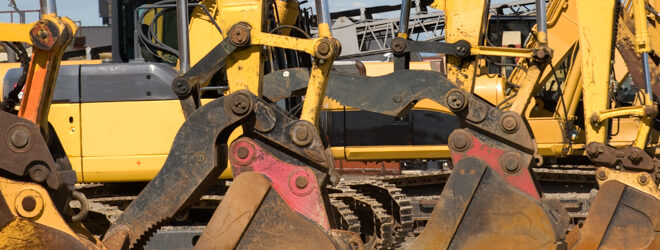
Fire prevention tips for working with forestry equipment
Operating heavy machinery in forested areas means working in an environment packed with flammable materials. Trees, leaves, and dust create the perfect storm when combined
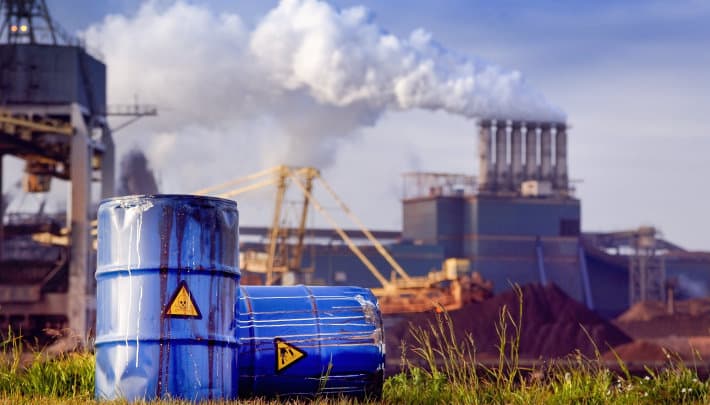
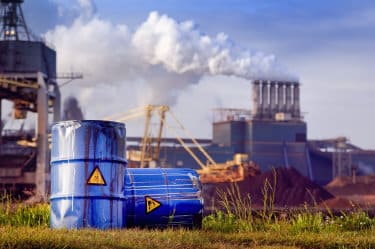
The release of pollutants (hazardous or otherwise) can happen suddenly, accidentally, or gradually. As businesses continue to change and evolve, they should consider how their pollution impacts the community as well as the environment. From there, businesses should consider how they can protect their bottom line and their reputation should property or environmental damage occur.
Pollution liability insurance (or environmental impairment liability insurance) is a coverage that protects businesses against third-party claims and first-party exposures resulting from pollution conditions caused by covered operations performed by or on behalf of a business. These claims could be for bodily injury, property damage, or environmental damage.
Our premises
pollution liability coverage is designed to help protect customers from
pollution releases at, on, under, or migrating from a location they own or
lease, providing
first-party coverage for business interruption, clean-up, and emergency
response costs, as well as third-party coverage for clean-up costs, property
damage, and bodily injury.
Because quick action is needed to contain and mitigate the impact when pollutants are released into the environment, we’ve also built in coverage for reimbursement of emergency response and clean-up costs. Our commercial claims specialists are experienced in dealing with pollution claims and can quickly connect you with qualified incident response and remediation experts.
This policy can also help businesses comply with common landlord/tenant obligations and other agreements you may have in place.
Who should consider this coverage?
Contractors pollution liability provides coverage for work done by or on behalf of a contractor resulting in the release of a pollutant into the environment. It provides protection for both ongoing and completed projects, and includes coverage for property damage, bodily injury, clean-up, legal defence, and regulatory fines.
Who should consider this coverage?
Environmental impairment isn’t just restricted to your property or worksite. Whenever supplies, equipment, or waste are moved, there’s potential for pollution to be released into the environment.
Transportation pollution liability provides protection for pollution emanating from products or materials during loading or unloading while being transported, shipped, or delivered by your business or by a carrier on your behalf. It is available as an optional coverage with both premises pollution liability and contractors pollution liability policies.
Coverage is provided on a difference-in-condition basis and applies when these activities are not covered by the primary automobile, marine, aviation, or railroad protective liability policy.
Who should consider this coverage?

In December 2020, the Canadian Construction Documents Committee (CCDC) updated the CCDC 41 document, and made it a requirement that contractors “have limits of not less than $5,000,000 per occurrence for bodily injury, death, and damage to property.”
Here are some circumstances where pollution liability insurance could be extremely useful:
Internal corrosion of a 2,000L fuel tank led to a leak of 200L of fuel into the surrounding environment. Because of this 250 tons of soil had to be remediated. The company’s property and CGL policy did not provide coverage for pollution liability, so they were responsible for covering all expenses out-of-pocket. The business also had to halt operations because of this, which also led to loss of income.
A general contractor was hired for a building renovation project. During construction, a water pipe within a wall was accidentally nicked, creating a slow leak that continued for several weeks before being discovered. Because of this, a large amount of mould developed. The clean-up costs were not covered under the contractor’s CGL policy and the business did not have any supplementary pollution liability protection. This means they were responsible for covering the full clean-up cost.
A company was hired to remove debris from a construction site, including several old drums containing chemical waste. While on its way to the disposal site, the truck was involved in a traffic accident and the drums, which were improperly secured, were thrown from the vehicle and broke open. The chemicals seeped into the surrounding soil and into a waterway adjacent to the road. A specialist had to be called in to help with soil and groundwater remediation. A lawsuit was also brought forth against the business by the local municipality, and the company was fined by environmental regulators. Because the company’s CGL policy did not provide coverage for pollution liability, it was responsible for covering all expenses out-of-pocket.
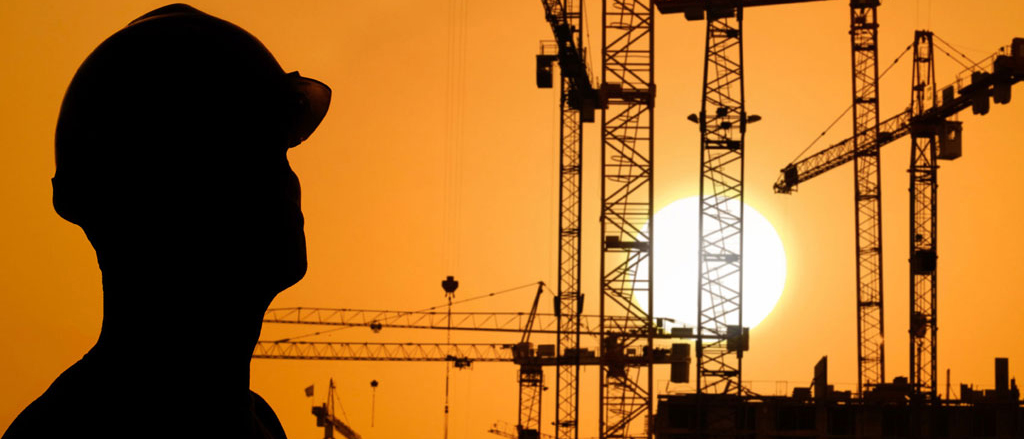
Our environmental impairment liability coverage can help protect you from costly expenses while also ensuring compliance with contractual obligations. It goes above and beyond standard commercial general liability (CGL) and property policies, which usually exclude coverage for any environmental damage. And with emergency response reimbursement and access to qualified experts in case of an incident, we’re here to help support you when quick and decisive action is needed to minimize environmental damage.

Operating heavy machinery in forested areas means working in an environment packed with flammable materials. Trees, leaves, and dust create the perfect storm when combined

In the demanding world of commercial trucking, the pressure to meet tight deadlines can often overshadow a critical component: driver well-being. A simple delivery schedule
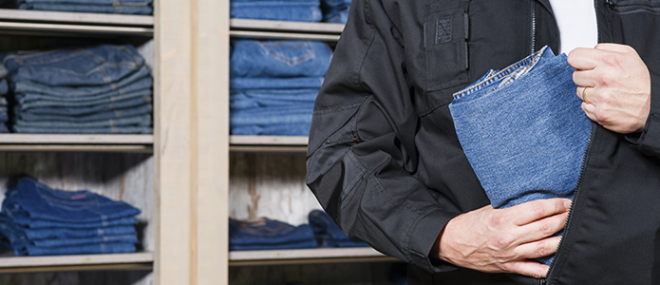
What is loss prevention? Loss prevention is the strategic approach businesses use to reduce and prevent losses to their assets and revenue. These losses may